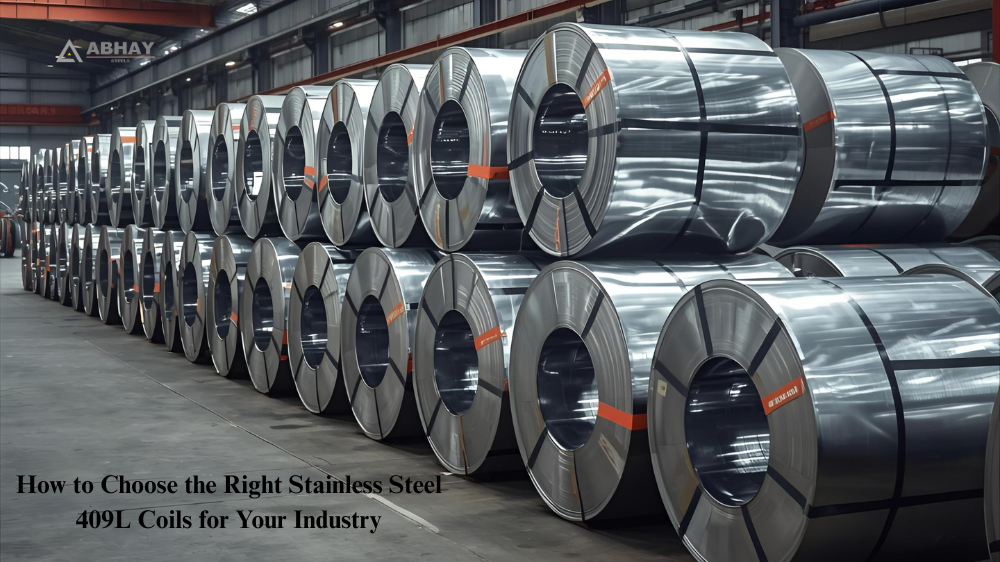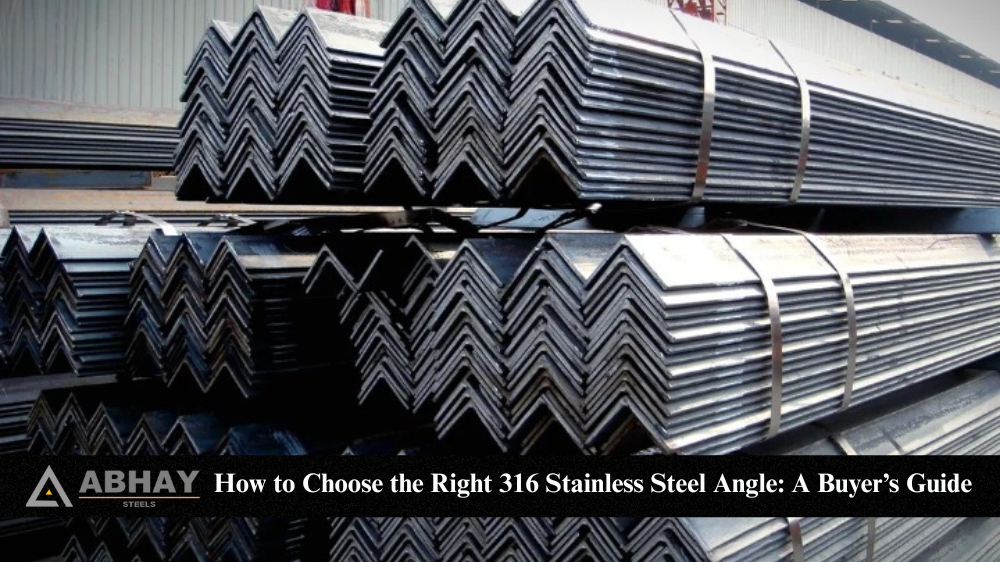A form of structural steel called stainless steel channels is useful to support steel angles and other construction and building projects. They come in many forms and sizes, including custom and conventional. Also, they are available in various grades; the most commonly used channel is the Stainless Steel 304 Channel. Stainless steel channels are sometimes helpful in construction projects, especially those that need the support of heavy objects. Hot-rolled, C-shaped construction steel rolled into a U-shape with specified radii on the inside corners is used to make stainless steel channels. After that, these angles are used for welding the stainless steel channel together. Usually, a butt joint or a lap joint with a minimum 2-inch overlap is used to create the welds.
Characteristics and Properties of SS 304 Channel
The adaptable steel grade 304 stainless steel channel has many different applications. Its composition of 18% chromium and 8% nickel gives it a distinctive stainless appearance and aids in preventing corrosion. Additionally, SS 304 Channel is generally simple to deal with since it has a lower carbon and manganese content than other kinds of steel. Stainless steel 304 is an austenitic grade that may be severely deep-drawn. Austenitic steel is an alloy of iron, chromium, and nickel.
Benefits of Using Stainless Steel 304 Channels
Stainless steel 304 channels are used in fabrication projects exposed to more corrosive circumstances, such as acids, chemicals, petrochemicals, and fresh and saltwater environments. The following are some of the main benefits of stainless channel beams:
- Since the stainless steel channel is shiny and easy to maintain, it has a contemporary and appealing appearance.
- Stainless steel is appropriate for a wide range of applications due to its resistance to corrosion, including usage in process plants and with water, acids, alkaline solutions, and chlorine.
- The microstructure of 300 series stainless channel products allows for similar cutting, welding, shaping, machining, and fabrication processes as with common metals.
- The stainless channel has a better strength-to-weight ratio than several other types of metal due to its structural makeup. Both scaling and heat resistance are maintained by stainless steel.
Uses of Stainless Steel 304 Channels in Construction
The unique quality of stainless steel 304 channel is its resistance to rust, which is why it is frequently used as a landscaping material for interior and exterior structural parts in building designs. The following are common uses of good durability in structures:
- Bridges made of stainless steel can be seen all over the world. For long-lasting bridges, stainless steel is employed far more frequently.
- It is challenging to check and rebuild river structures like dams, weirs, water gates, etc., since they are complex and are constantly exposed to corrosive environments. Stainless steel 304 channel is ideal to use in river buildings because corrosion resistance is virtually ever maintained by painting.
- SS 304 channel is applied to atriums, canopies, outdoor stairs, swimming pool sheds, and columns and beams in general architectural buildings for structural designs.
- It is frequently utilizable in window casements and interior construction accents like railings and staircases. Although stainless steel is expensive, employing it in structural design projects lowers maintenance costs in the long run.
- Some steel components in piers frequently exposed to corrosive seawater through the tide or seawater droplets have stainless steel added. In comparison to traditional techniques of corrosion control, like painting the steel, using metal linings composed of seawater-resistant stainless steel channels offers exceptional durability and maintainability.




